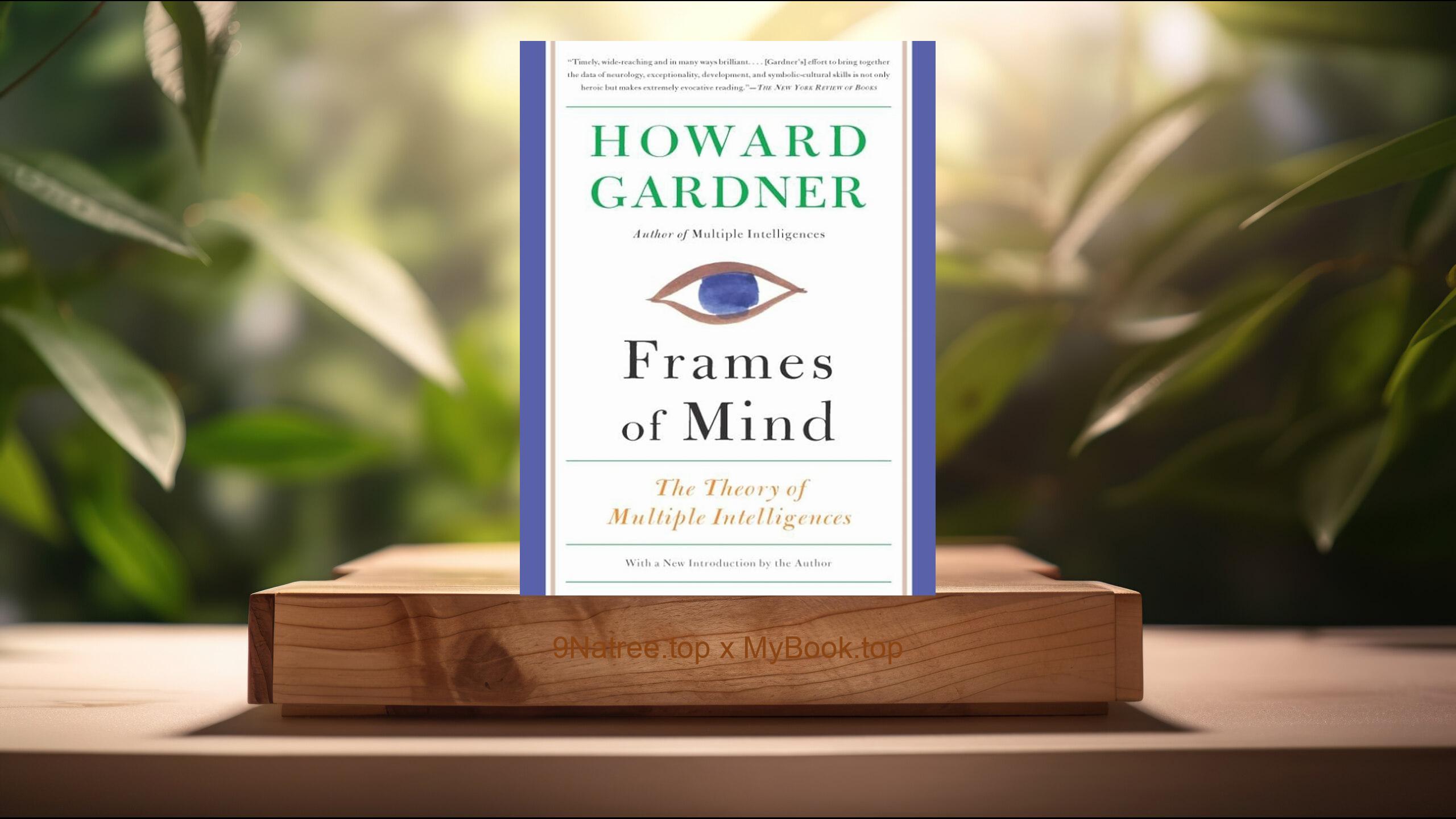Show Notes
Buy on Amazon: https://www.amazon.com/dp/B0CM8TRWK3?tag=9natree-20
Read more: https://mybook.top/read/B0CM8TRWK3/
#ArtificialIntelligence #FutureofWork #HumanAICollaboration #CreativeTechnologies #EthicalAI #DecisionMaking #Innovation #TechnologyIntegration
These are takeaways from this book.
Firstly, The Nature of Co-Intelligence, Co-Intelligence is fundamentally about the synergistic relationship between human intelligence and artificial intelligence. Mollick introduces this concept by highlighting how AI, if appropriately harnessed, can amplify human capabilities rather than replace them. He explores various domains where AI's computational prowess, combined with human creativity and intuition, leads to unprecedented levels of innovation and efficiency. From the development of new drugs to the creation of music and art that resonate with human emotions, Co-Intelligence represents a new frontier in human achievement. This collaborative approach requires an understanding of both the strengths and limitations of human and artificial intelligence, emphasizing the need for an interdisciplinary approach to education and problem-solving in the AI era.
Secondly, AI in the Workplace, Mollick examines the impact of AI on the workplace, debunking the myth that AI will lead to widespread unemployment. Instead, he focuses on how AI can be integrated into workplaces to enhance productivity and creativity. Through various case studies, 'Co-Intelligence' showcases how companies have successfully employed AI to complement human workers, automating routine tasks and providing data-driven insights that lead to better decision-making. Mollick argues that the future of work involves a co-evolutionary process, where humans and AI systems continuously learn from each other, leading to a dynamic, adaptive, and more fulfilling work environment. He also addresses the challenges of this transition, including the need for reskilling and the ethical considerations of AI in the workplace.
Thirdly, AI and Creativity, Contrary to the belief that AI lacks creativity, Mollick presents compelling evidence of AI's potential to augment human creativity. He explores the fascinating intersection of AI and the arts, showcasing how algorithms can generate music, literature, and visual art that engage and inspire human audiences. Furthermore, Mollick discusses how AI tools can facilitate the creative process, from providing artists with new forms of inspiration to automating aspects of the creative workflow, thereby allowing creators to focus more on the conceptual and nuanced aspects of their work. This section highlights the potential for a creative partnership between humans and AI, which can lead to the exploration of uncharted artistic territories and the redefinition of creativity in the digital age.
Fourthly, Decision Making with AI, Mollick delves into the role of AI in enhancing human decision-making capabilities. By analyzing vast amounts of data more efficiently than humans ever could, AI systems offer insights that can lead to more informed decisions in fields ranging from healthcare to finance. However, Mollick also cautions against overreliance on AI, emphasizing the importance of human judgment, especially in complex or ethically ambiguous situations. He advocates for a balanced approach, where AI tools serve as advisors that augment human expertise, rather than as infallible oracles. This discussion prompts readers to consider how they can integrate AI into their decision-making processes in a way that leverages the strengths of both human and machine intelligence.
Lastly, Ethical Considerations and the Future of Co-Intelligence, As the integration of AI into daily life becomes more pervasive, Mollick addresses the critical ethical questions that arise. He explores the potential risks associated with AI, including privacy concerns, bias in algorithmic decision-making, and the concentration of power in the hands of a few tech companies. Moreover, he outlines the importance of developing ethical frameworks and regulatory policies that ensure AI technologies are used responsibly and for the benefit of society. This section encourages readers to engage in discussions about the moral dimensions of AI and the collective responsibility of humans to guide the development of co-intelligent systems in a direction that upholds human values and rights.
In conclusion, Co-Intelligence: Living and Working with AI' is an essential read for anyone looking to understand the rapidly evolving landscape of artificial intelligence and its implications on the future of work, creativity, and society at large. Ethan Mollick offers a balanced and insightful perspective on the potential for humans and AI to collaborate, rather than compete. This book is particularly suited for business leaders, technology professionals, policymakers, and anyone curious about the future of AI. By embracing the principles of co-intelligence, readers can better prepare themselves for a future where AI enhances human potential and fosters a more innovative, productive, and inclusive world.
![[Review] Co-Intelligence: Living and Working with AI (Ethan Mollick) Summarized](https://episodes.castos.com/660078c6833215-59505987/images/1699867/c1a-085k3-k5xx23vzb49v-hzz3v5.jpg)




